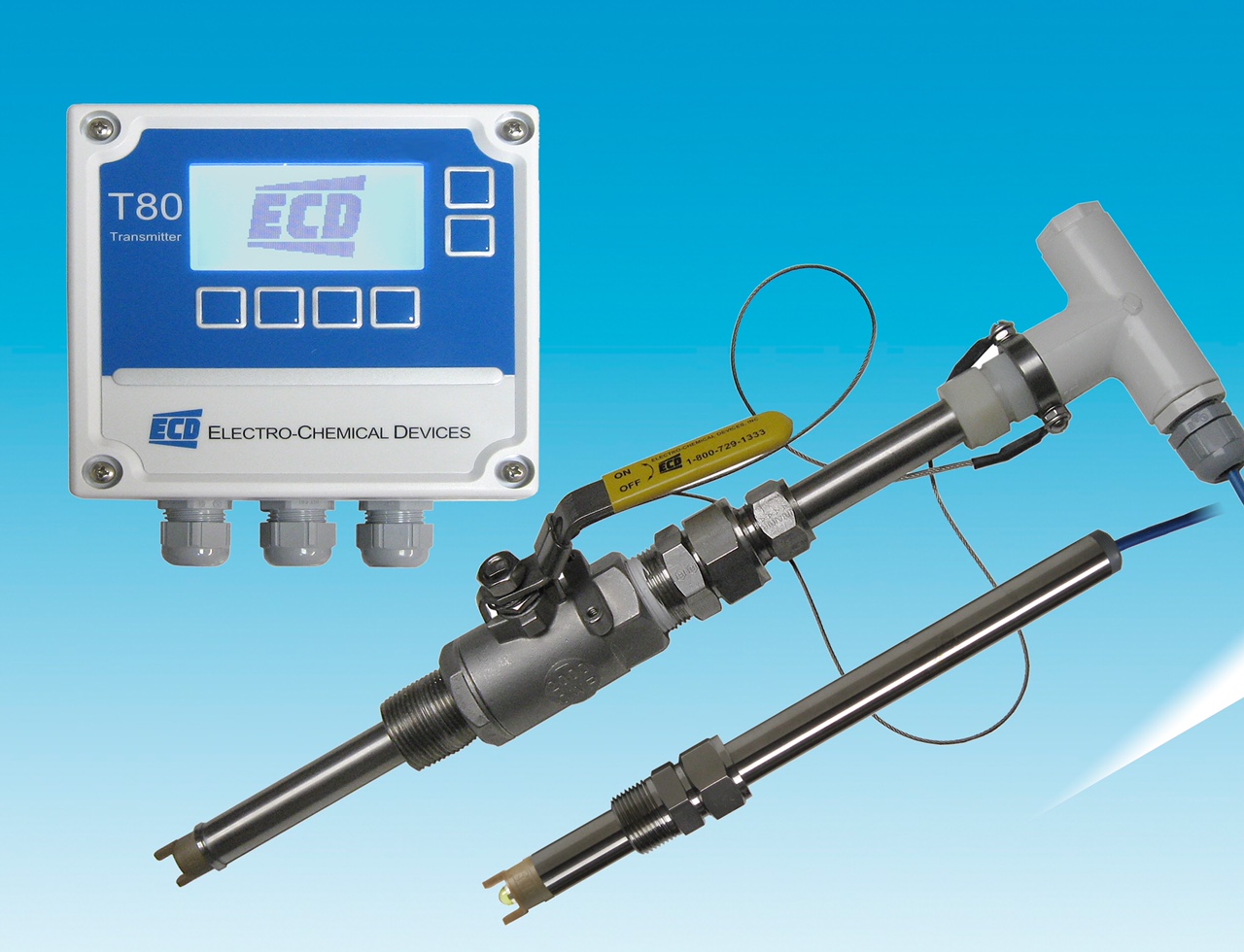
 Engineers responsible for cyanide-based processes and plants where it is in use will find the advanced S80-T80 Cyanide Analyzer Monitoring System from Electro-Chemical Devices supports efficient treatment to ensure cyanide levels in wastewater effluent are compliant with local, state and federal regulations.
Engineers responsible for cyanide-based processes and plants where it is in use will find the advanced S80-T80 Cyanide Analyzer Monitoring System from Electro-Chemical Devices supports efficient treatment to ensure cyanide levels in wastewater effluent are compliant with local, state and federal regulations.
Cyanide (CN) in its multiple forms is toxic and is widely used by a variety of industries. For example, CN is used in the manufacture of nylon and plastics. Other uses include the case hardening of steel, metal plating, the separation of gold and silver from ores and the scrubbing of stack gases from blast furnaces.
According to the U.S. Environmental Protection Agency (EPA), cyanide is toxic and the lethal oral doses of cyanide compounds generally range from 50 to 200 mg CN (0.7 to 2.9 mg/Kg). Short-term exposure to cyanide above the maximum contaminant level (MCL) can cause rapid breathing, tremors and other neurological effects.
Long-term exposure to Cyanide (e.g., lifetime) at levels above the MCL can cause weight loss, thyroid effects and nerve damage. At present, no adequate evidence exists that cyanide compounds have the potential to cause cancer from lifetime exposure in drinking water.
The U.S. EPA’s National Primary Drinking Water Regulations (NPDWR) are legally enforceable primary standards and treatment techniques that apply to public water systems. These regulations limit the level of CN (free CN) contaminants in drinking water to 0.2 mg/L, which is the maximum contaminant level goal (MCLG)
The ECD S80-T80 Cyanide Analyzer Monitoring System features an S80 Pion Cyanide Sensor and a dual-channel T80 Transmitter. This ECD CN Analyzer solution helps plants achieve a more cost-effective cyanide removal water treatment system, which ensures wastewater is treated to meet U.S. EPA regulatory requirements prior to effluent discharge.
The S80’s CN ion electrode is a combination electrode with a silver cyanide/silver sulfide (AgCN/AgS) solid-state pressed crystal sensing element and a double junction reference electrode. The CN ion selective electrode cartridge develops a millivolt potential proportional to the concentration of free CN ions in the measured solution. The typical output is 54mV to 60mV per decade of change in concentration.
The speed of sensor response varies from a few seconds in concentrated solutions up to a few minutes in the lower ppm ranges. The CN ion sensors are used with the Model T80 Transmitter with its dual channel mix and match capabilities. This analyzer measures CN from 0.2 ppm to 260 ppm and auto-ranges the display between the ppb and ppm scales.
The S80 Sensors come in immersion or insertion packages that are designed with a 0.75-inch MNPT compression fitting as the process connection. This design employs a variable insertion length to accommodate installation in pipe tees, flow cells or through tank walls. The retractable configuration is designed with a 1-inch MNPT ball valve, a 1-x-0.75 inch reducer and a 0.75 inch MNPT compression fitting to provide the process connection.
The S80 CN Sensor is designed for used with the highly intelligent T80 Universal Transmitter, which is a single channel device designed for the continuous measurement of multiple parameters in a general-purpose industrial environment. It communicates with any pre-calibrated S80 Sensor and automatically configures the transmitter’s menus and display screens to the measured parameter. With the T80’s auto configuration capability to any of the available sensor measurements, there is no longer any need to inventory multiple instrument types, saving time and reducing plant operating costs.
The T80 Universal Transmitter is flexible and user-friendly. It offers membrane switch navigation, a simple menu structure with soft key menu choices and an easy-to-read 2.75-x-1.5-inch LCD display. It is available with 4-20 mA output with MODBUS RTU on 24 VDC and 110/220 VAC instruments. The T80 Transmitter also can be configured with optional HART 7 communications and an optional three alarm relay.
Print this page